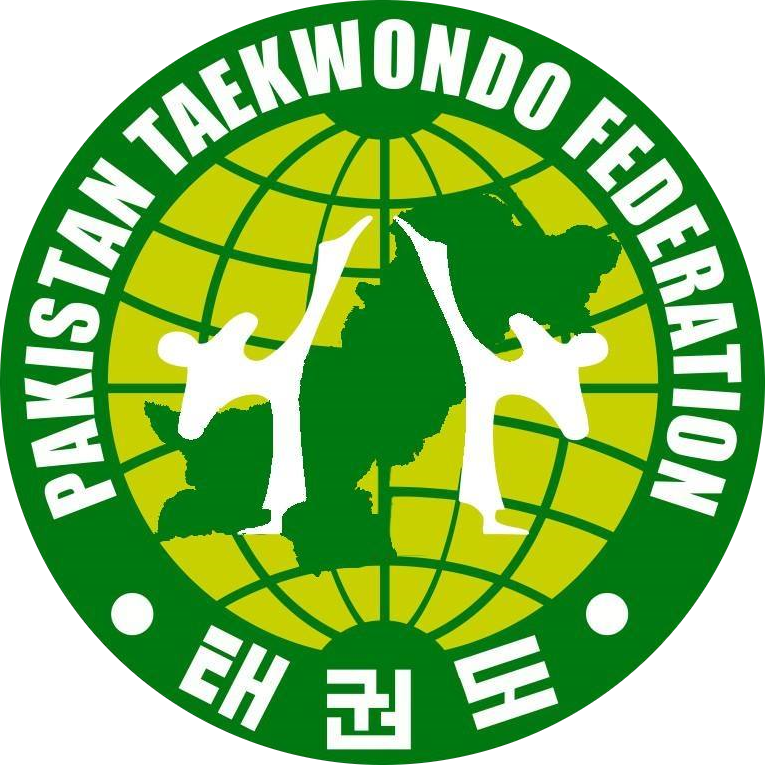History of Taewondo
Technically, Taekwon-Do became an officially sanctioned martial art in Korea in 1955. In that year, a special board was established, consisting of elected officials, business and military leaders, historians, teachers of the Oh Do Kwan and Chung Do Kwan, as well as other well-known members of society. General Choi Hong-Hi called a meeting of the board after realising that he would require backing for his plan to designate Korea’s National Martial Art.
Since their culture suffered so greatly under the colonial control, there were several efforts made during this time to revive and restore Korean National Pride. This movement was influenced by presidential policy, which discouraged adopting relics of Japanese culture. General Choi believed that having prominent members of society would help him secure the President’s approval, which he would eventually require.
He proposed the name Taekwon-Do, and the board approved it. These muddled designations, which had their origins in foreign arts, such as Tang Soo Do, Gong Soo Do, or Kwon Bup, were to be replaced with the single, unified word Taekwon-Do. Dr. Seung-man Rhee, Ph.D., the first president of the ROK, allowed the use of the names as proof in the Taekwon-Do calligraphy he created. The official birthdate of Taekwon-Do is now April 11, 1955.
Taekwon-Do began to cross international borders in 1959. The founder of Taekwon-Do made a trip of the Far East with 19 of his most accomplished black belts. The tour was a huge success, and the superiority of the Taekwon-Do methods astounded every observer.
Choi was promoted to two prestigious positions in this year: president of the Korea Taekwon-Do Association, which he had just founded, and deputy commander of the 2nd Army in Tae Gu. The government of the Republic of Korea sent retired two-star general Ambassador Choi to head a goodwill mission to West Germany, Italy, Turkey, the United Arab Republic, Malaysia, and Singapore in 1965. The ambassador made history by designating Taekwon-Do as Korea’s national martial art, which makes this trip crucial.

This served as the foundation for the creation of the International Taekwon-Do Federation, as well as Taekwon-Do Associations in various nations. On March 22, organisations from Vietnam, Malaysia, Singapore, West Germany, the United States, Turkey, Italy, the Arab Republic of Egypt, and Korea came together to join the International Taekwon-Do Federation.
Taekwon-Do has continuously developed since its inception, propelled by the founder’s unwavering commitment and enormous amount of effort. The ITF’s current leaders share the same passion for the organization’s future and acknowledge the need for change.
